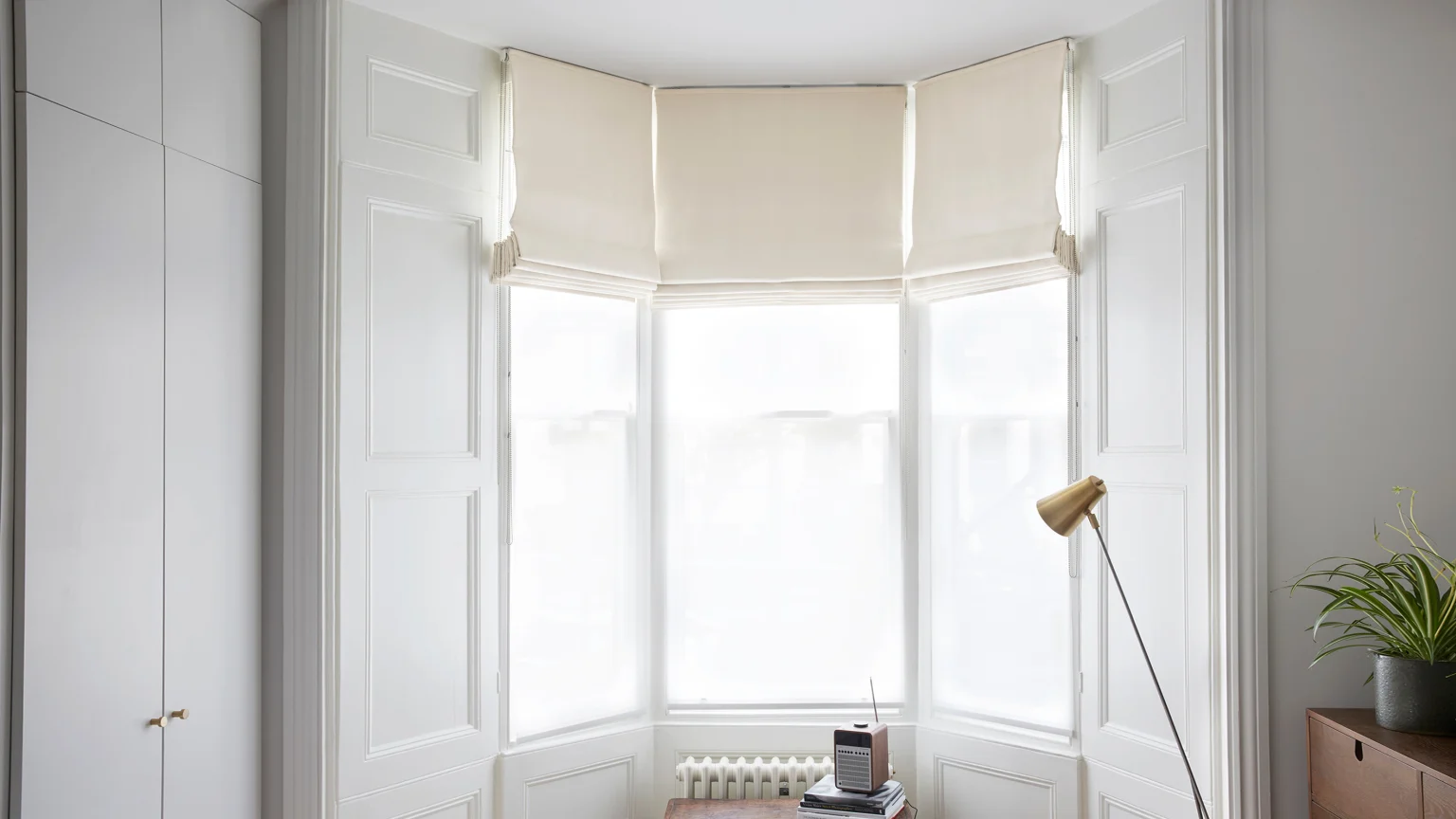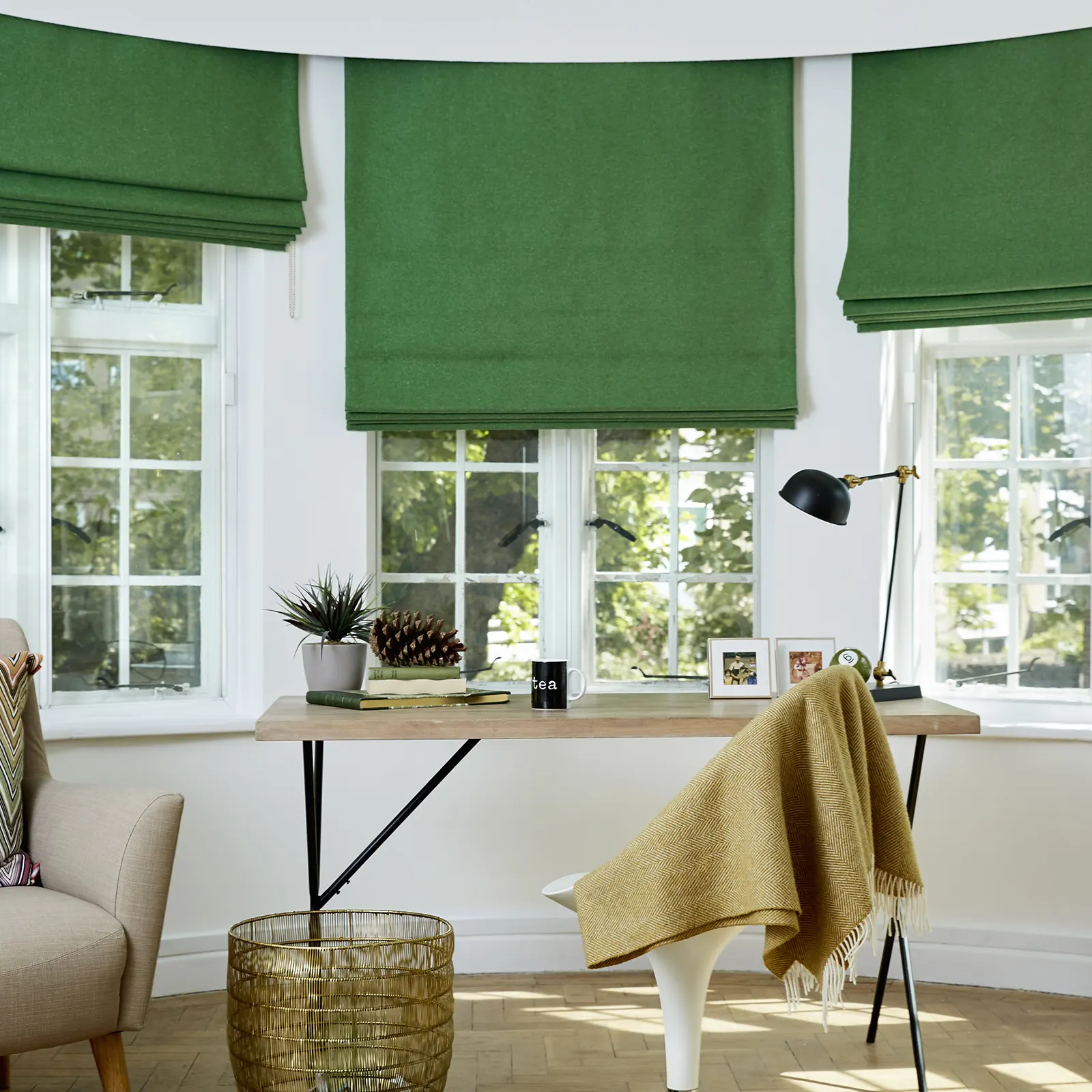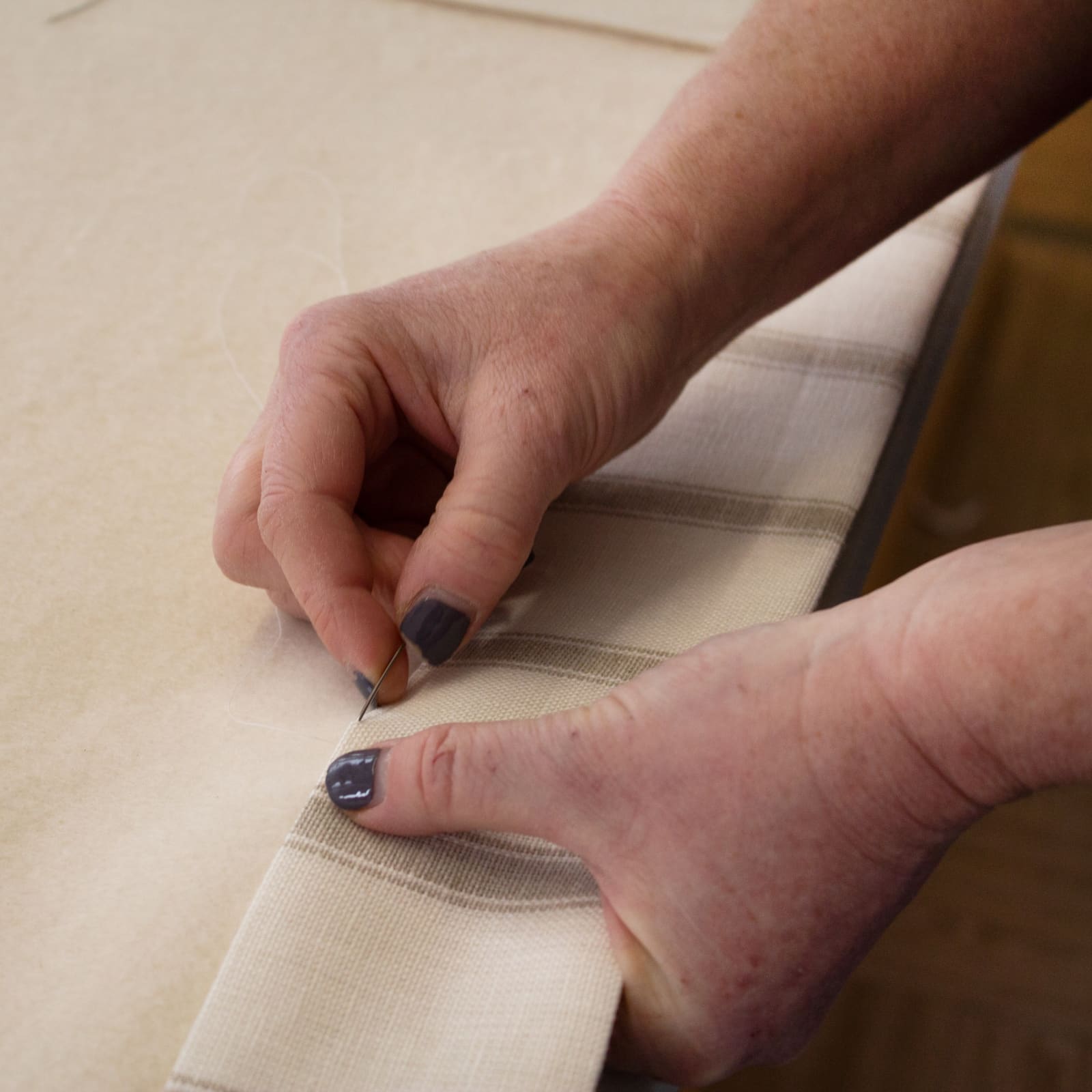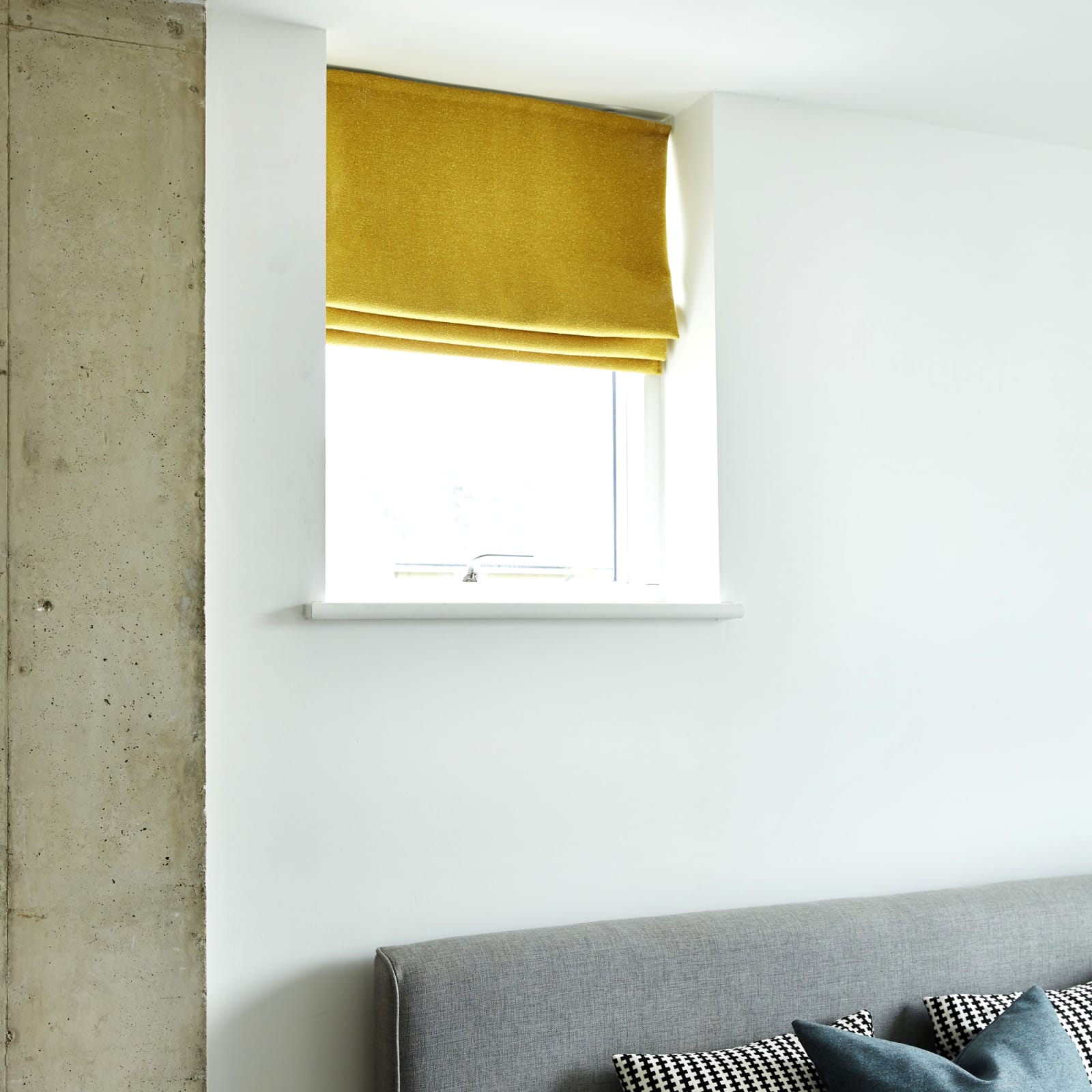Book our home measuring service in London

How to Dress a Bay Window
The term ‘bay window’ covers any type of protruding window, regardless of its shape. The earliest bay windows date back to the Renaissance and were typical of palaces and great houses of the period. Invariably, these bay windows were rounded, extended over a series of floors and often topped with domes.
Bay windows are a popular architectural feature in many homes, known for their ability to bring natural light and an airy feeling into a room. However, dressing these windows can sometimes be a challenge due to their unique shape and size.
Made to measure curtains and made to measure blinds can be designed to fit your bay windows perfectly.
Those of us who live in homes with bay windows will no doubt appreciate the style and interest they lend to a room. But they are amongst the most difficult windows to dress and you may be struggling to find the right solution.
One option is to install made to measure curtains and made to measure blinds that fit the specific dimensions of the bay window. This can include curtains that are hung on an individual pole or track for each section of the bay window, allowing for flexibility in adjusting the amount of light and privacy desired.
Alternatively, a simpler approach is to use a single, large curtain pole or track that spans the entire length of the bay window and hang curtains or drapes that can be pulled to the side when desired. Additionally, using light-coloured fabrics and avoiding heavy or bulky materials can help enhance the natural light that bay windows provide. With the right made to measure curtains and made to measure blinds, bay windows can become a focal point of a room, providing both beauty and functionality.

01 Choose curtains for privacy and blackout
A pair of made to measure curtains on a bay window will allow light in the day and complete blackout and privacy at night, perfect for bedrooms or living rooms. Unlike blinds that may allow some light into a room where the individual blinds meet, curtains can be drawn across the entire length of the bay window, blocking any light from outside.
A continuous track is often used to hang curtains in a bay window. It allows the fabric to glide easily around each corner without catching and because the curtains are attached to the track with hooks at regular intervals, the fabric will stay uniform as it is pulled back and forth. A pencil, goblet, double or triple pleat heading is best suited to a track.
The alternative to a track is a curtain pole and specially designed poles to fit bay windows have become increasingly available in recent years. Take a look at our guide to tracks and poles for your made to measure curtains. Curtain poles often make a statement in their own right. Where space on either side of the bay window is limited, an eyelet or wave heading is the best option. An eyelet heading, where the pole is threaded through metal eyelets at the top of the curtains, creates a contemporary look. They’re very easy to operate so a good choice for children’s bedrooms. A wave heading is another modern choice, perfect if you want to create a simple look. Wave curtains have no gathering across the top, just a continuous curve. The curtains stack back neatly and the heading suits fabrics that drape well such as our sheers, silks and cottons.
The heading type is an important decision that will determine the style of the curtains, take a look at our guide to curtain headings to get started.

02 Choose blinds for a clean, contemporary look
An individual made to measure roman blind in a bay window, or roller blind, will provide a fresh, uncluttered look. This is a particularly effective option when the bay is relatively small and avoids the window looking like it’s swamped in fabric. Although blinds are unlikely to provide complete blackout, they do allow the architecture of the window to shine and maximise the sense of space by allowing lots of light into a room. They also provide flexibility as each blind can be lowered or raised independently.
Choose roller blinds for a really paired-back aesthetic or use our Sheer linen blinds for privacy. For a softer feel, choose from our range of Roman blind fabrics, opting for a bonded lining to provide a more opulent look where desired.
Blinds are a great solution where radiators sit under the windows. Care must be taken when hanging blinds in bay windows however; if they’re not hung straight and parallel to each other, it will be very obvious and a source of much frustration!

03 Opt for intermediate curtains in larger bays
If you’re lucky enough to have a large bay with plenty of space between windows, you can hang a pair of curtains at each window. This makes a real statement and draws attention to the fabric as much as the window itself. A particularly good option if the view outside is less than attractive.
Intermediate curtains work with individual poles for each window which removes the necessity of fitting a pole around the bay. A pencil, goblet or pleat heading will provide a very opulent look while eyelet or wave headings will create an elegant feel.

04 Go all out with curtains and blinds
For maximum impact and flexibility, opt for a combination of blinds and curtains. Not only will this create the ultimate statement but this option provides a number of practical benefits too.
If you have radiators under the windows, you can choose ‘dress’ curtains to increase the sense of height in the room but that don’t pull across, blocking out heat. Instead, the blinds - Roman or roller - can provide the necessary privacy as well as control the amount of natural light coming into the room during the day. If there’s no concern about radiators, blinds in a lighter weight fabric teamed with curtains in a velvet or wool can look particularly effective.
A combination of blinds and curtains provides the perfect opportunity to create impact and interest through your choice of fabric. Should you opt for colours that harmonise or be bold and daring with a complementary pairing?
How to measure a bay window
Take a look at our handy guide for measuring your bay window for curtains and measuring your bay window for blinds.












